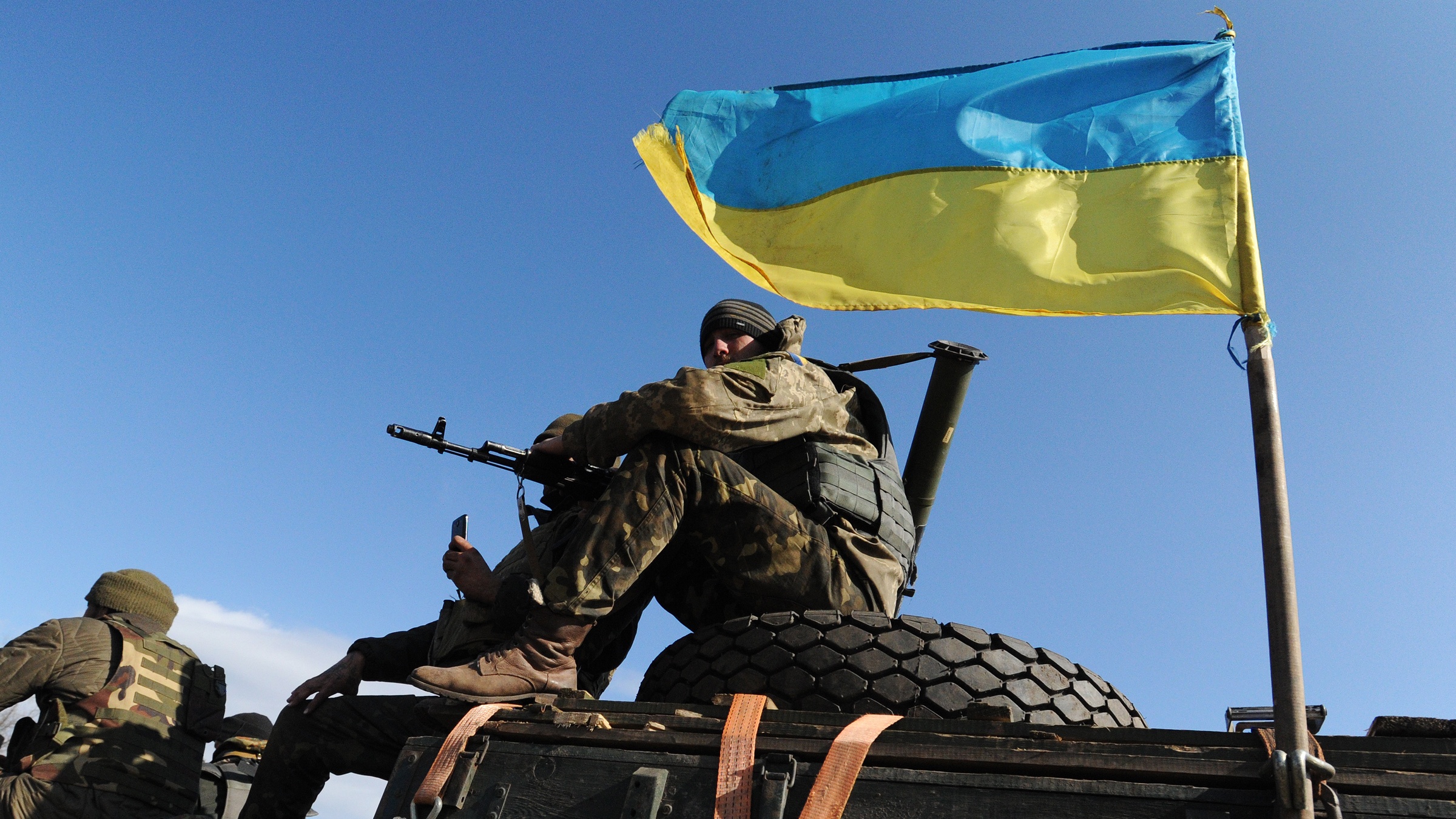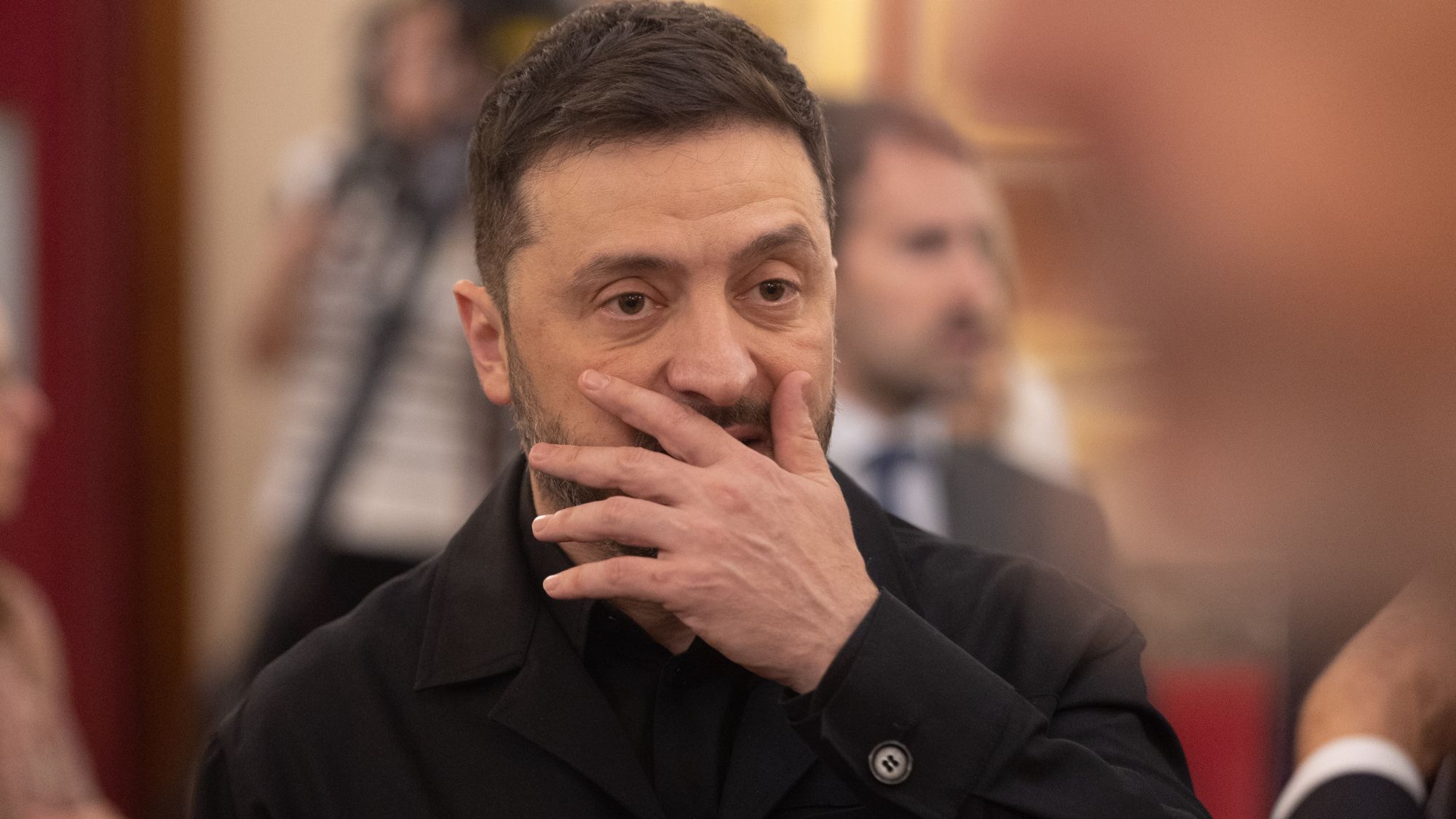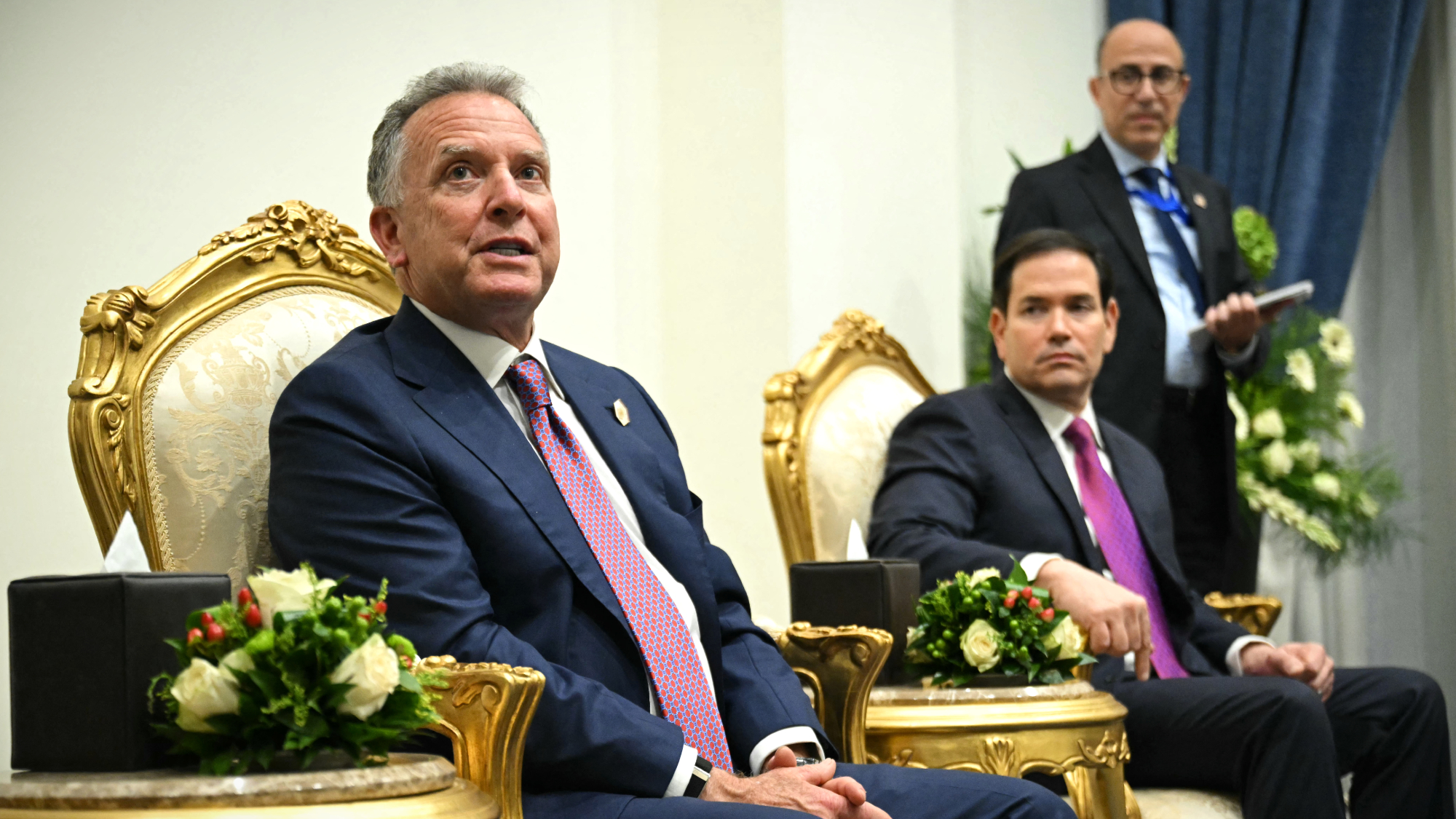Why Ukrainian forces are struggling to use hi-tech weapons
A lack of training on advanced equipment is hindering Ukrainian forces

Ukrainian fighters have been promised increasingly advanced tools to help battle ongoing Russian attacks, but a lack of training means cutting-edge equipment is left all but inoperable.
Since the beginning of the Russian invasion of Ukraine, Western nations have sent the embattled country increasingly sophisticated tools to add to their arsenal. Both the UK and the US have promised to send advanced rocket systems, in the hopes of improving the range and accuracy of Ukrainian artillery.
Ukraine calls for advanced weapons
The Guardian said that the UK is set to send a “handful” of cutting-edge M270 launchers, carrying missiles with a range of about 50 miles, just a few days after the US promised to send similar advanced systems, including the M142 High Mobility Artillery Rocket System (HIMARS), which can launch multiple precision-guided missiles at targets up to 45 miles away.
The Week
Escape your echo chamber. Get the facts behind the news, plus analysis from multiple perspectives.

Sign up for The Week's Free Newsletters
From our morning news briefing to a weekly Good News Newsletter, get the best of The Week delivered directly to your inbox.
From our morning news briefing to a weekly Good News Newsletter, get the best of The Week delivered directly to your inbox.
Ukraine’s leaders have frequently called for high-end weapons systems as the war has continued, with the “latest public lobbying” coming as the battle for control of the city of Sievierodonetsk, in the eastern Donbas region of Ukraine. On Monday, Serhiy Haidai, the governor of Luhansk, where the city is situated, said that “the situation has worsened a little for us”, as Ukrainian forces were pushed back as the Russian military intensified its artillery attacks.
Oleksiy Arestovych, a military adviser to the president’s chief of staff, told the paper that while the rocket launchers were set to be “a gamechanger weapon”, more are needed to turn the tide of the war.
“The fewer we get, the worse our situation will be. Our troops will continue to die and we will continue to lose ground,” said Arestovych, particularly if countries with dozens of systems only “decide to donate four or five”.
Lack of training a ‘growing obstacle’
But while Ukrainian forces’ need for more potent weapons in the regions of Ukraine where fighting is most intense is “palpable”, training soldiers on how to use the equipment has become a “significant and growing obstacle” encountered almost “daily” by fighters on the ground, reported The New York Times.
A free daily email with the biggest news stories of the day – and the best features from TheWeek.com
Soldiers have struggled to use a tranche of equipment already sent over by the United States, including JIM LRs, a laser range finder designed to help target enemy combatants at night and more accurately. Patchy training and frequent rotation of soldiers have reduced many such tools to “expensive paperweights” said the paper.
Junior Sgt. Dmytro Pysanka, part of a crew operating an anti-tank gun in southern Ukraine, told the paper that it was like “being given an iPhone 13 and only being able to make phone calls”.
The crew had been forced to learn how to use the equipment through “trial and error” said the paper. Pysanka said he had been “trying to learn how to use it by reading the manual in English and using Google Translate to understand it”.
While Ukrainian leaders have called for more advanced weapons, “pinning their hopes for victory to requests for new anti-tank guided missiles, howitzers and satellite-guided rockets”, the dilemma facing soldiers such as Pysanka and his crew could prove to be “pervasive on a much larger scale”, said The New York Times.
Analysts have warned that such an approach “could echo” the United States’ “failed approach” of supplying the Afghan military with equipment that couldn’t be maintained without massive logistical support.
“Ukrainians are eager to employ Western equipment, but it requires training to maintain,” said Michael Kofman, the director of Russian studies at CNA, a US research institute, told the paper. “Some things it’s not easy to rush.”
While the United States and other Nato countries have given “extensive” training to the Ukrainian military in the years before the war, much of the training was “not on some of the advanced weapons” and equipment they are now sending.
The US has trained some 27,000 Ukrainian soldiers from 2015 until the invasion of Ukraine in February this year, according to US military officials. There were also more than 150 American military advisers in Ukraine before the war, who were withdrawn after the invasion, the paper reported.
But US President Joe Biden has declined to send advisors back into the country, in an attempt to avoid “a more direct confrontation with Russia”, and instead offered training programmes outside of the country.
The Associated Press reported that the US military has now begun training Ukrainian forces in the advanced rocket systems Biden agreed to send to the country last week.
Around 900 of the Ukrainian armed force have received training from the US on a training base in Germany and elsewhere in Europe “on a variety of weapons”, including HIMARS, said the news agency.
-
 In Suriname, the spectre of Dutch slave trade lingers
In Suriname, the spectre of Dutch slave trade lingersUnder the Radar Dutch royal family visit, the first to the South American former colony in nearly 50 years, spotlights role of the Netherlands in transatlantic trade
-
 Political cartoons for December 7
Political cartoons for December 7Cartoons Sunday’s political cartoons include the Trump-tanic, AI Santa, and the search for a moderate Republican
-
 Trump’s poll collapse: can he stop the slide?
Trump’s poll collapse: can he stop the slide?Talking Point President who promised to ease cost-of-living has found that US economic woes can’t be solved ‘via executive fiat’
-
 Is Europe finally taking the war to Russia?
Is Europe finally taking the war to Russia?Today's Big Question As Moscow’s drone buzzes and cyberattacks increase, European leaders are taking a more openly aggressive stance
-
 Pushing for peace: is Trump appeasing Moscow?
Pushing for peace: is Trump appeasing Moscow?In Depth European leaders succeeded in bringing themselves in from the cold and softening Moscow’s terms, but Kyiv still faces an unenviable choice
-
 Femicide: Italy’s newest crime
Femicide: Italy’s newest crimeThe Explainer Landmark law to criminalise murder of a woman as an ‘act of hatred’ or ‘subjugation’ but critics say Italy is still deeply patriarchal
-
 Brazil’s Bolsonaro behind bars after appeals run out
Brazil’s Bolsonaro behind bars after appeals run outSpeed Read He will serve 27 years in prison
-
 The $100mn scandal undermining Volodymyr Zelenskyy
The $100mn scandal undermining Volodymyr ZelenskyyIn the Spotlight As Russia continues to vent its military aggression on Ukraine, ‘corruption scandals are weakening the domestic front’
-
 Trump pushes new Ukraine peace plan
Trump pushes new Ukraine peace planSpeed Read It involves a 28-point plan to end the war
-
 Americans traveling abroad face renewed criticism in the Trump era
Americans traveling abroad face renewed criticism in the Trump eraThe Explainer Some of Trump’s behavior has Americans being questioned
-
 Nigeria confused by Trump invasion threat
Nigeria confused by Trump invasion threatSpeed Read Trump has claimed the country is persecuting Christians